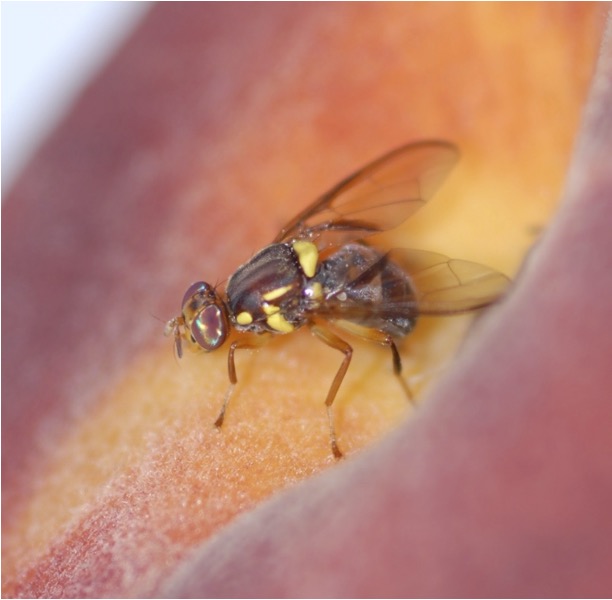
Sex selection genes from fruit fly species
Sterile Insect Technique programs for management of pest insects can be far more efficient if only males are released. Releases of bisex strains can have many negative consequences, including (1) increased cost of production, delivery, and release; (2) reduced SIT efficiency because some released males will mate with released females; and (3) potential stinging from released females and hence reduced quality of commercial fruit. Genetic sexing strains (GSS) are available for some fruit flies, but not for Queensland fruit fly (Qfly). Generating a genetic sexing strain (GSS) of Qfly is a priority for SIT as a means of efficiently producing male-only populations for SIT releases.
Temperature sex lethal (tsl) and white pupae (wp) traits are examples of important mutations present in mass reared medfly (Ceratitis capitata) utilised for mass rearing that facilitate cost-effect methods for generating male-only sterile release lines. With new genomic technologies, it is possible to characterise the genes underlying these traits at the molecular level and understand what specific mutations in the DNA cause the trait. In addition, high-throughput sequencing and bioinformatic techniques makes it possible to compare genomes of different species to define synteny and orthology, understanding if a target is present in another species that could be used to facilitate rapid development of robust SIT strains for that species. To transfer tsl/wp to new species of interest, targeted genome editing techniques such as CRISPR/Cas9 make it possible to first confirm mutations causing tsl/wp in medfly and additionally generate comparable mutations in other species to allow direct development of tsl/wp traits. This approach facilitates direct development of new genetic sexing strains in new species for use in SIT programs.
The goal of this project is to identify the mutations responsible for tsl in medfly, and for wp in medfly, melon fly, and the oriental fruit fly – and to determine whether these mutations can be used to generate genetic sexing strains (GSS) in Qfly, and potentially other tephritid species.
Funding: Horticulture Innovation Australia Research & Development Grant (FF17000)
Partners: Commonwealth Scientific and Industrial Researcvh Organisation (CSIRO), SA Research Development Institute, NSW Department of Primary Industries, Institute for Insect Biotechnology Justus-Liebig-Universität Gießen, Joint FAO/IAEA Insect Pest Control Subprogramme, United States Department of Agriculture
Contact: Dr Ronald Lee